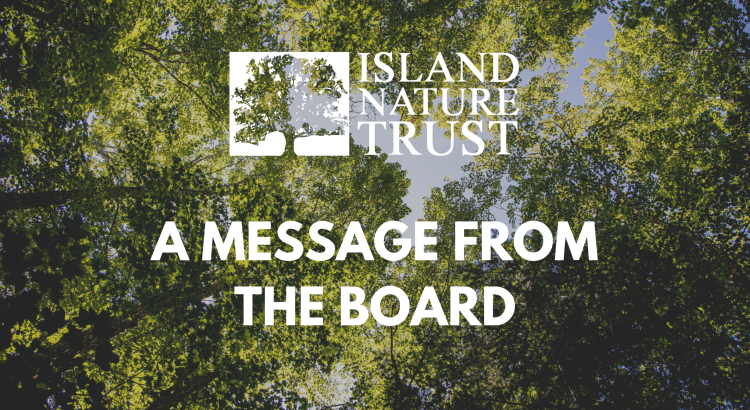After three plus years as Executive Director of Island Nature Trust, Bianca McGregor is leaving us to assume the position of CEO of the Charlottetown Chamber of Commerce. Her last day with the trust was Friday, January 12.
Read moreCategory: Latest Articles

Stewardship At Home: Harvesting and Starting the Seeds of Life
As a direct impact of post-tropical storm Fiona, many of Prince Edward Island’s seed-bearing trees are laying horizontally; fortunately, word is spreading about the benefits of natural decomposition of those trees. Although it will take time for the trees to decompose and make room for new growth, this process will increase the quality of nutrients that are available in the soil. However, for the time being it seems as though many of the trees that have fallen are still rooted to some degree and they are not ready to stop providing. As you walk through the woods you may notice that the downed trees are persisting and continuing to bear flowers that will later become seeds. This makes the seeds of the larger, mature trees more accessible and gives landowners the opportunity to try their hand at harvesting and starting their own native species seed bank. Here are a few quick tips, tricks, and notes to keep in mind if you wish to start growing your own native trees:
Read moreThe Judson Family: Honoring their vital land donation for coastal headland conservation
Island Nature Trust (INT) relies significantly on land donations in protecting the natural landscapes of Prince Edward Island, particularly when these donations connect with existing protected areas. While financial support plays a crucial role in the Island Nature Trust’s mission to safeguard the island’s natural heritage, the donation of land stands as a testament and lasting commitment from individuals and families to protect the island’s ecological diversity.
We are excited to spotlight the remarkable generosity of the Judson family, who donated the 117-acre Judson Salt Marsh Natural Area in Alexandra. This donation aims to expand the already protected Crown Point headland, known as the 182-acre Crown Point – Wjikijek Natural Area. The latter faces threats of development due to its proximity to Charlottetown and Stratford, making it a focal point in recent conservation endeavors by the Island Nature Trust.
Read more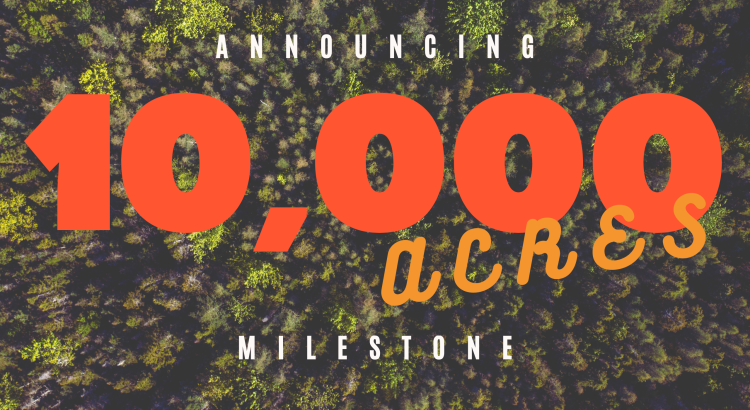
Island Nature Trust Celebrates the Conservation of Over 10,000 Acres of Land in Prince Edward Island
Island Nature Trust (INT) is excited to announce that it has achieved a major conservation milestone by protecting over 10,000 acres of land in Prince Edward Island. This achievement marks a significant point in the organization’s ongoing efforts to protect and conserve the natural beauty and biodiversity of the Island.
Read more
INT Expands its ‘Corridors of Connectivity’ Mission with Generous Land Donation in Blooming Point
Island Nature Trust (INT) has reached a major milestone in its conservation efforts. With the recent donation of 15 acres by Bruce and Patricia Craig (pictured), INT’s total acquisitions of ecologically important land now exceeds the 10,000-acre mark. This contribution located in Blooming Point on the Old Bedford Road, not only expands connectivity for wildlife, but also strengthens conservation efforts and promotes the preservation of surrounding ecosystems.
Read more
INT seeks donations from PEI landowners through its Add A Patch campaign
INT’s Add A Patch campaign launches with the hope to reach the goal of protecting10 per cent of PEI’s ecologically significant land, through generous donations of land.
Since 1979, INT has been steadfast in its mission to acquire and protect ecologically significant land on Prince Edward Island. This is particularly challenging because 87 per cent of P.E.I. is privately owned, making it the highest per capita rate in Canada.
This disproportionate ownership is the by-product of a 1770’s colonial land grab, where PEI, known then as the Island of St. John, was mapped and divided into 67 lots and townships. Hundreds of years later, these policy decisions continue to impact conservation efforts and stymie the Island Nature Trust’s overall goal of protecting 10 per cent of the Island’s land.
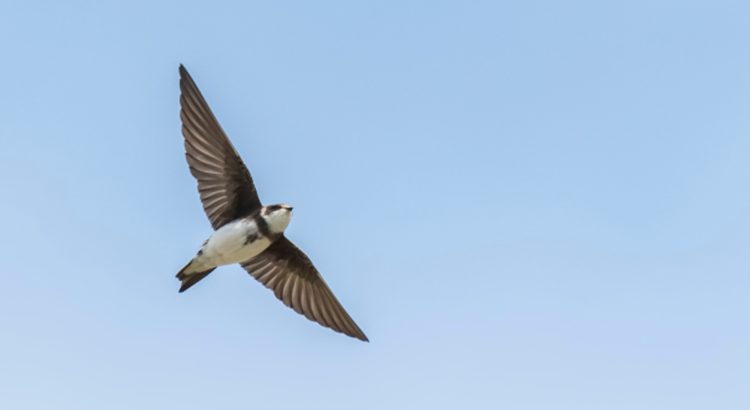
2022 Bank Swallow Review

Bank swallows (Riparia riparia) are insectivorous songbirds with a distinctive dark brown breast band separating their brown upperparts from their white underparts. Known for their fast, agile flights, these small passerines can be seen buzzing acrobatically through the air along Prince Edward Island’s coasts during the spring and summertime. Bank swallows nest colonially in sandstone cliffs, till bluffs, high sand dunes, and sand pits. As they fly over nearby meadows, wetlands, and agricultural grasslands they forage on insects like beetles, wasps, bees, flying ants, and mayflies. Based on this feeding strategy, bank swallows belong to a guild of birds called aerial insectivores. Like many aerial insectivores, bank swallow populations in Canada are declining due to threats contributing to the loss of their breeding and foraging habitats: land use changes and associated agricultural intensification, and the practice of shoreline armouring. Bank swallow may also be indirectly impacted by pesticide use, which reduces the abundance and availability of their insect prey. In recognition of these threats, bank swallow was listed as a threatened species under the Species at Risk Act (SARA) in 2017.
Read more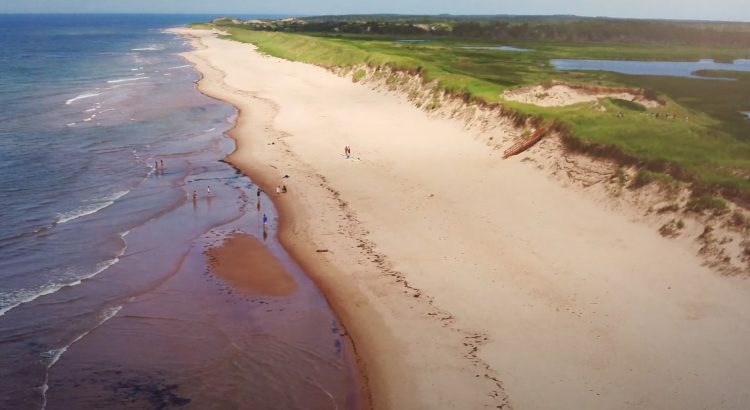
Protecting PEI’s dunes | Your footsteps count! | Island Nature Trust
Did you know that sand dunes protect Prince Edward Island from erosion and flooding? They are dynamic and ever-changing, and they do their job well. While Hurricane Fiona made headlines with her wind and waves, storms are the norm on the coast. The good news is that nature is already hard at work adapting and rebuilding.
Read more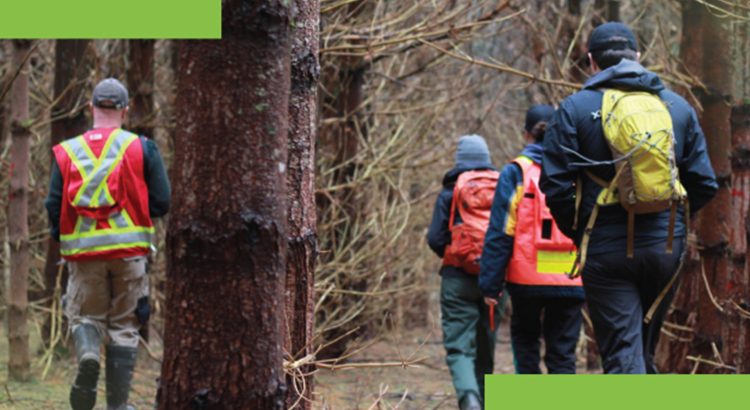
Artificial Intelligence for Island Community Conservation
In 2022 Island Nature Trust (INT) was awarded funding from RBC Foundation through RBC Tech for Nature to implement a technology-based project, “LandSteward: Artificial Intelligence for Island Community Conservation.” Through this project INT collaborated with Korotu Technology Inc. (Korotu) to create, launch, and pilot “LandSteward” – a cutting edge technology utilizing remote sensing data and artificial intelligence driven analysis tools to monitor changes in the landscape – allowing INT to explore ways that technology can help the organization achieve its vision of a network of protected areas across Prince Edward Island.
Read more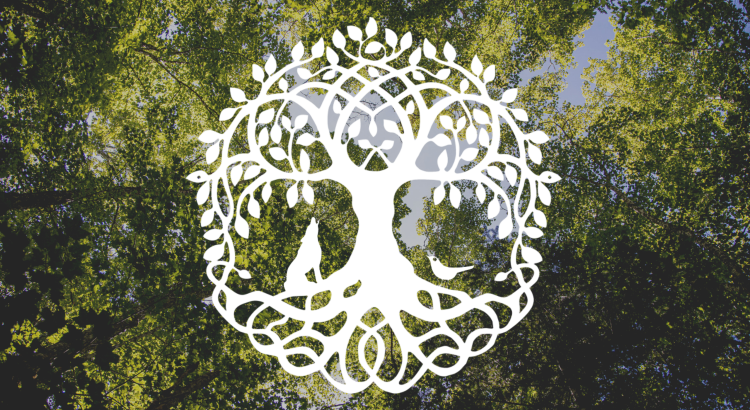
Seed Tree Sponsorship
In response to the damage created by post-tropical storm Fiona, and the anticipated long recovery process for INT’s forested areas, the Trust has recently launched an initiative aimed at protecting and stewarding important native seed trees. Through Seed Tree Sponsorship we are asking individuals and businesses to sponsor an identified seed tree in one of our natural areas. These trees, with their proven DNA, will be instrumental in the natural regeneration of their respective immediate landscapes, not to mention great seed providers for nurseries dedicated to ensuring a steady supply of native species for planting.
Read more